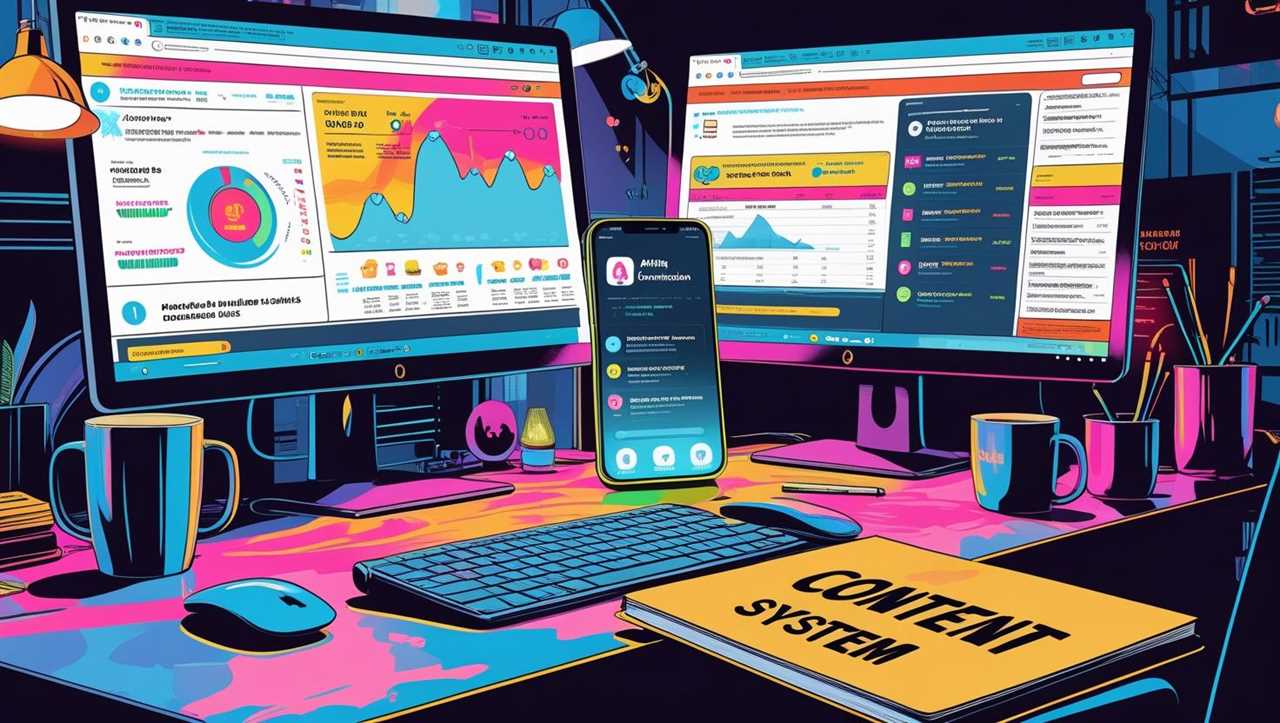
If I had to start affiliate marketing from scratch in 2025—or even 2026—my approach would be very different from what worked five or ten years ago. The truth is, the game has changed. Between algorithm shifts, AI-powered content creation, and an oversaturated marketplace, you can’t just “Google best affiliate programs” and hope for the best anymore.
In this article, I’m going to break down three affiliate marketing strategies that can still work today—if you do them right. These aren’t outdated “sign up and spam” methods. They’re designed for a modern environment where search engines, social platforms, and AI all play a role in determining whether you sink or swim.
1. Programmatic SEO for Niche Domination
Programmatic SEO is an AI-powered approach to creating a large volume of highly targeted content in a single niche. The idea is to establish topical authority by publishing dozens (or even hundreds) of pages on closely related subtopics, so that search engines see your site as the go-to resource in that space.
Instead of a broad “personal brand” blog covering 50 different categories, you go ultra-niche.
Example: Instead of a site about “home office gear,” you might create a site only about gaming chairs. Then, you blanket the topic with posts like:
- Best gaming chair for tall people
- Best gaming chair for flight simulators
- GT Racing vs. Respawn: Which is better?
- How to assemble a gaming chair in under 20 minutes
By using AI tools, you can quickly generate a list of 50+ keyword-focused article ideas. Then, you can have AI draft the first versions, but you humanize and edit them before publishing—making sure they’re useful, accurate, and in your own voice.
For affiliate marketing, I recommend targeting high-ticket products or recurring commission programs. For example, web hosting companies often pay $100–$300 per signup, even if their product costs less. This makes scaling your income much more realistic compared to promoting a $20 product where you earn only $2.
The key here is systems, not guesswork. Create a standard operating procedure (SOP) for finding keywords, generating drafts, editing for personality, and inserting affiliate links. Once you have the process down, you can get articles published in as little as 15–30 minutes each.
2. Faceless YouTube Affiliate Channels
YouTube is still one of the most powerful platforms for affiliate marketing—especially when you combine it with AI scripting and a “faceless” content approach.
The faceless model means you don’t need to be on camera. You can record a voiceover while showing product demos, screen recordings, or slideshow-style presentations. For some niches, you can even outsource the voiceover work.
Here’s how it works:
- Pick a niche with solid affiliate programs (finance, software, fitness gear, etc.).
- Use ChatGPT or another AI tool to brainstorm 50 video ideas focused on reviews, comparisons, and listicles.
- Have AI draft a full script for each video, then tweak it for accuracy and personality.
- Record a voiceover (or hire someone to do it) and edit it with simple visuals or product footage.
- Upload to YouTube with clear, keyword-optimized titles.
For example, if your niche is cryptocurrency, you might create videos like:
- Top 3 Crypto Exchanges for Beginners
- Best Crypto Wallets for 2025
- How to Buy Your First Crypto in Under 10 Minutes
You place affiliate links in the description, making sure to disclose that they’re affiliate links as required by law. The more videos you create, the more opportunities you have for viewers to click through and convert.
The beauty of this model is that your content can keep generating views—and commissions—long after you publish it. And since YouTube’s algorithm rewards consistency, uploading regularly builds momentum.
3. Paid Traffic Campaigns for High-Value Offers
While SEO and YouTube rely on organic reach, paid traffic can deliver instant clicks—if you have the right offer.
The key is this: only promote products with a $300+ commission per sale (CPA) when running paid ads. Lower commission products often can’t cover the cost of clicks from platforms like Google Ads or Facebook Ads.
Strong categories for high-ticket paid traffic include:
- Insurance
- Finance
- Education programs
- B2B SaaS software
Here’s the process:
- Identify an affiliate program with a generous CPA (ideally $300+).
- Research the target audience and keywords.
- Create ad creatives and landing pages that speak directly to pain points.
- Track conversions closely and cut anything that isn’t profitable.
Paid traffic isn’t a “set it and forget it” game. It’s an optimization loop—you launch, gather data, and adjust. But when you find an offer that converts, scaling becomes as simple as increasing your budget.
Why These Strategies Work Now
The affiliate marketing landscape in 2025 is louder and faster than ever before. AI means more people are producing content at scale, but most of it is generic. The strategies above focus on being systematic and intentional—choosing high-value offers, going deep into one niche, and using a repeatable process to scale.
Here’s what ties them together:
- Niche focus instead of “jack of all trades”
- Process-driven execution so you can produce content quickly and consistently
- High-ticket offers to maximize earnings per conversion
- Strategic use of AI as a tool, not a crutch
Whether you choose programmatic SEO, faceless YouTube, paid traffic, or a combination, the biggest mistake to avoid is dabbling without a plan. Success in 2025’s affiliate marketing space is about building systems that compound over time.
Action Plan to Get Started
- Pick Your Niche – Choose something with enough affiliate programs and healthy commission rates.
- Select Your Main Strategy – Decide if you’ll start with programmatic SEO, YouTube, or paid ads.
- Find High-Value Affiliate Programs – Look for $100+ commissions for content strategies, $300+ for paid ads.
- Create Your SOP – Map out exactly how you’ll produce each piece of content or campaign.
- Publish Consistently – Volume + quality wins. Commit to a schedule and stick to it.
By following a focused, systemized approach, you can still build a profitable affiliate marketing business from scratch—even in a noisy, AI-saturated market.
Bottom line: Affiliate marketing in 2025 isn’t dead—it’s just different. Pick a lane, learn the process, and execute with discipline. The opportunities are still there, but you need to work smarter, not just harder.
If you found this article helpful, please share it so others can benefit too. Be sure to keep an eye out for more upcoming posts packed with powerful SEO tips and strategies. In the meantime, feel free to explore our other articles to deepen your knowledge and stay ahead of the curve: AI-Proof SEO Tactics That Actually Work: Timeless Strategies for Ranking #1 on Google






